Try It
Recognizing Functions Practice
Practice Problems #1-7
Match each function to the correct graph.
Functions:
- Exponential
- Quadratic (parabola)
- Polynomial [f(x) = x3)]
- Piecewise
- Linear
- Absolute Value
- Step Function
Graphs:
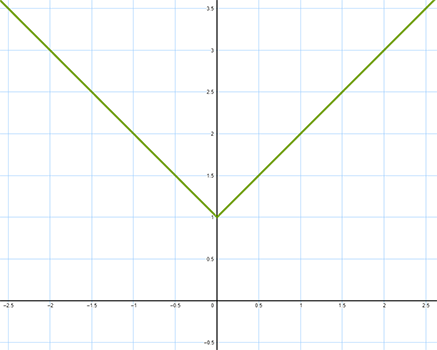
See larger version of graph A here. 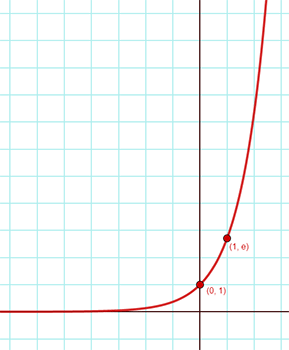
See larger version of graph B here. 
See larger version of graph C here. 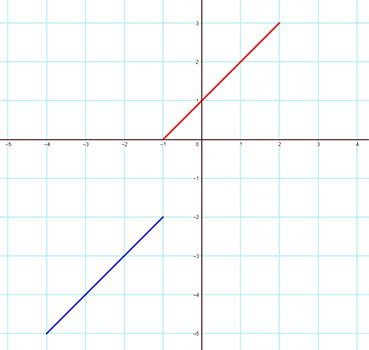
See larger version of graph D here. 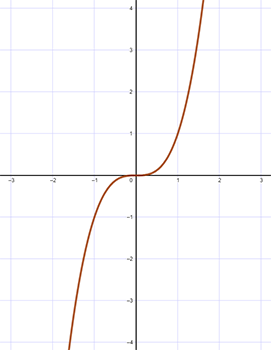
See larger version of graph E here. 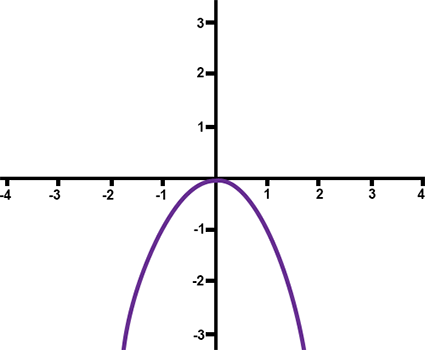
See larger version of graph F here. 
See larger version of graph G here.
- Exponential = Graph B
Answer:

See larger version of exponential function graph here. - Quadratic (parabola) = Graph F
Answer:

See larger version of quadratic function graph here. - Polynomial [f(x) = x3)] = Graph E
Answer:

See larger version of polynomial function graph here. - Piecewise = Graph D
Answer:

See larger version of piecewise function graph here. - Linear - Graph C
- Absolute Value = Graph A
Answer:

See larger version of absolute value function graph here. - Step Function = Graph G
You've completed this review activity!